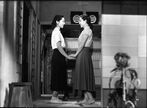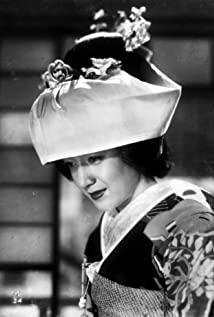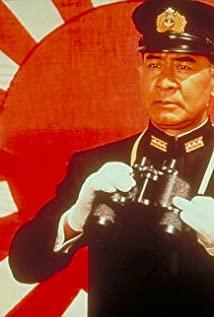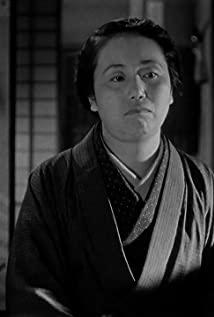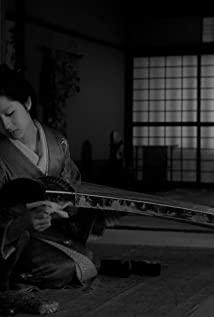—— Yasujiro Ozu
In the early morning, the children were walking to school; a boat was passing by slowly; the train whistled and whistled from south to north go with. This is the beginning of the film and the first sketch of [Tokyo Story]. Then the camera turned to the home of an elderly couple in the countryside. The two chatted about their daily life, and the words were very dull. The camera then depicts the life of an ordinary family in Tokyo, which is much more noisy than the city in comparison to the leisure in the countryside. For this kind of inter-shot editing, Ozu takes the speed and rhythm very carefully. The low-angle upside-down shot shows the picture in front of the camera with a real attitude, without deliberately scripting it, making the audience feel natural and comfortable. [Tokyo Story] Most of the time is dialogue between characters, which is one of the characteristics of Ozu's films. Through the words of the old couple, recalling the carefree time of my childhood, I can't help feeling that now, I am full of sighs. What a shame! Going back to the narrative time in which the image was frozen, there is a saying that it is difficult to be filial to a child before the grave, so is it a waste of time?
Ozu is the only director who can express the social customs and world conditions in the lens with an almost incredible elegance. His followers, such as Wenders, always make people feel a bit contrived to dissolve in the camera; another example is Hou Hsiao-hsien's enhanced dramatic conflict. Of course, Wenders and Hou Hsiao-hsien have become their own styles, so the comparison may not be fair. I suddenly thought of Antonioni, Ahn's film rhythm is very similar to Ozu's. But his lenses are not easy to read, and the usual telephoto and telephoto are very different from Ozu's standard lenses. Anshi hopes to express the emptiness of women in the industrial society, so he often uses deep scenes to express this effect, and long-term montage processing can express the emptiness atmosphere to the extreme. Ozu's films are sketches of the family, and reality has become the first element of the film, the mimetic layout of the characters, all of which come from life to the camera, and then from the camera to life. He asked the camera to restore life, which is the greatness of Ozu's contribution to the film. Going back to Antonioni, the characters in his films are all very beautiful, whether they are handsome guys or beautiful women. Characters serve the film, and those who have watched An's films must understand the reason why the director chose the characters so much. Ozu's films are sincerity first, dullness second, blandness is mainly reflected in rhythm control, and sincerity comes from character dialogues worthy of repeated appreciation and chewing. At the end of the film, we see the sketch at the beginning again. From the beginning to the end, Ozu's handling did not leave any traces, which corresponds to a completely different mood from the beginning of the film.
The term film industry declares the commercialization of films, so it is incredible that Ozu's films can exist in this world. She is so lifelike and beautiful.
View more about Tokyo Story reviews





